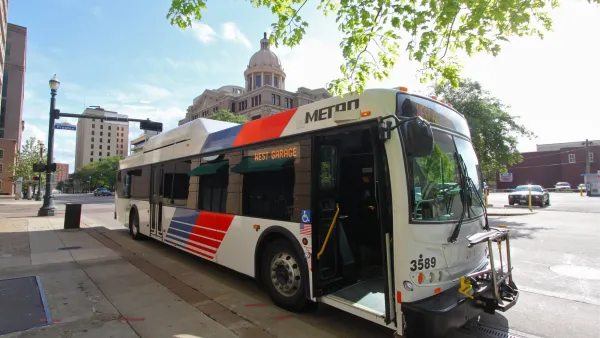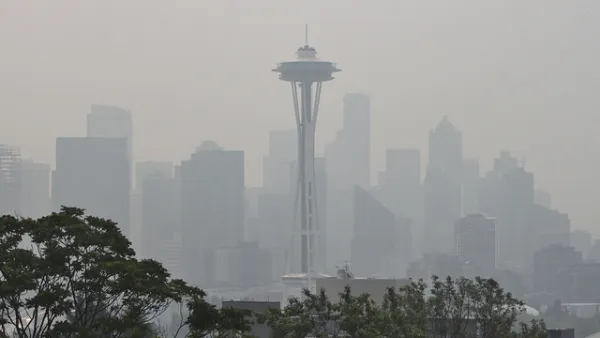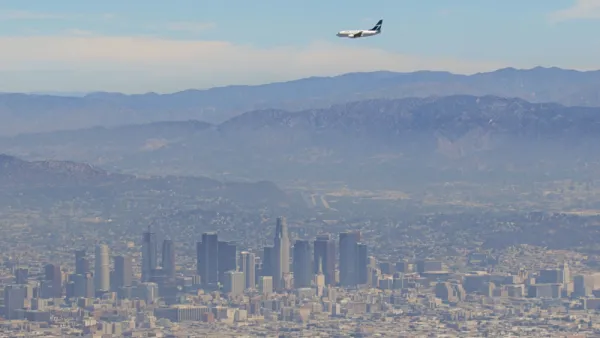People in 46 American metropolitan areas breathe air that exceeds federal soot levels, according to new figures from the Environmental Protection Agency. Nearly one-third of all Americans live in affected areas.
"More than 100 million people living in 46 metro areas are breathing air that has gotten too full of soot on some days, and now those cities have to clean up their air, the Environmental Protection Agency said Monday."
"The EPA added 15 cities to the sooty air list, mostly in states not usually thought of as pollution-prone, such as Alaska, Utah, Idaho and Wisconsin. That's probably because of the prevalence of wood stoves in western and northern regions, a top EPA official said."
"The EPA notified elected officials in 211 counties in 25 states that their air violated newly tightened daily standards for fine particles of pollution from diesel-burning trucks, power plants, wood-burning stoves and other sources. Those particles, often called soot, can cause breathing and heart problems."
"These lists of what EPA calls "nonattainment areas" are important because regions that have air that is too sooty must come up with plans by 2012 on how to clean it and then do it by 2014."
FULL STORY: More than 100 million Americans breathe sooty air

National Parks Layoffs Will Cause Communities to Lose Billions
Thousands of essential park workers were laid off this week, just before the busy spring break season.

Retro-silient?: America’s First “Eco-burb,” The Woodlands Turns 50
A master-planned community north of Houston offers lessons on green infrastructure and resilient design, but falls short of its founder’s lofty affordability and walkability goals.

Delivering for America Plan Will Downgrade Mail Service in at Least 49.5 Percent of Zip Codes
Republican and Democrat lawmakers criticize the plan for its disproportionate negative impact on rural communities.

Test News Post 1
This is a summary

Test News Headline 46
Test for the image on the front page.

Balancing Bombs and Butterflies: How the National Guard Protects a Rare Species
The National Guard at Fort Indiantown Gap uses GIS technology and land management strategies to balance military training with conservation efforts, ensuring the survival of the rare eastern regal fritillary butterfly.
Urban Design for Planners 1: Software Tools
This six-course series explores essential urban design concepts using open source software and equips planners with the tools they need to participate fully in the urban design process.
Planning for Universal Design
Learn the tools for implementing Universal Design in planning regulations.
EMC Planning Group, Inc.
Planetizen
Planetizen
Mpact (formerly Rail~Volution)
Great Falls Development Authority, Inc.
HUDs Office of Policy Development and Research
NYU Wagner Graduate School of Public Service





























